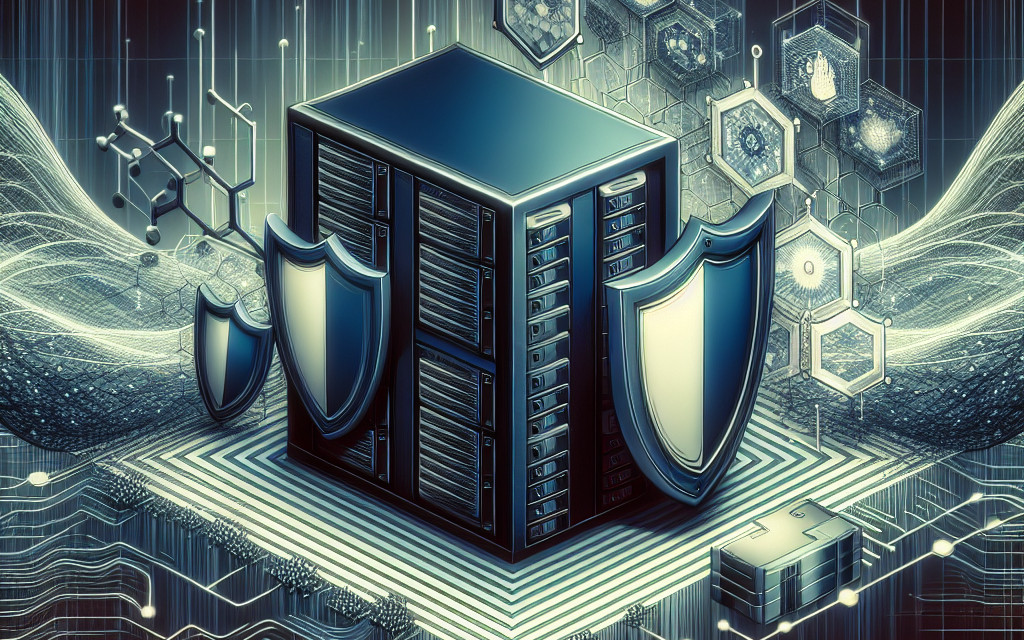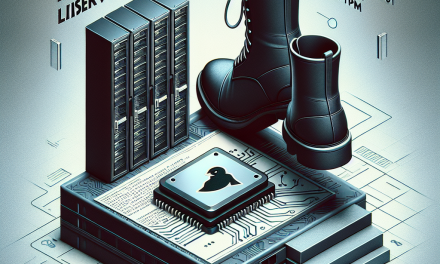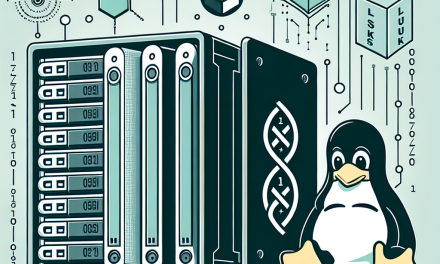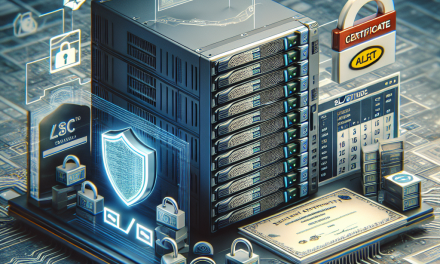Side-channel attacks have become an increasingly pertinent threat in the realm of cybersecurity, particularly for high-value targets like Linux servers. These attacks exploit vulnerabilities in system architecture and resource utilization rather than direct exploitation of software vulnerabilities. This article delves into effective strategies for mitigating side-channel attacks on Linux servers, ensuring robust security for your infrastructure.
Understanding Side-Channel Attacks
Side-channel attacks leverage indirect information obtained from a system’s physical implementations—such as timing information, power consumption, electromagnetic leaks, or cache usage. By analyzing these side channels, attackers can infer sensitive data, including cryptographic keys, even in the presence of secure software practices.
Common Types of Side-Channel Attacks
- Timing Attacks: Inferences based on the time taken to execute cryptographic algorithms.
- Cache Attacks: Exploiting variations in cache timings across different operations to infer secret data.
- Power Analysis: Recording power consumption patterns of hardware during cryptographic operations.
- Electromagnetic Attacks: Capturing electromagnetic emissions to reconstruct sensitive information.
Strategies for Mitigating Side-Channel Attacks
Here are several strategies to mitigate side-channel attacks on your Linux servers:
1. Regular Software Updates
Keeping software up to date is pivotal. This extends beyond just the Linux kernel; it includes firmware, libraries, and applications. Many software updates patch vulnerabilities that might be exploitable in side-channel attacks.
Action Steps:
- Set up automatic updates for the kernel and critical packages.
- Regularly check for updates to libraries, especially cryptographic ones.
2. Timing Mitigation Techniques
To counter timing attacks, it’s essential to implement constant-time algorithms wherever possible.
Action Steps:
- Use cryptographic libraries that provide constant-time execution.
- Avoid data-dependent branching and memory accesses in sensitive operations.
3. Cache Partitioning
Cache attacks can be mitigated by isolating the cache for sensitive processes from less sensitive ones.
Action Steps:
- Use CPU features such as Cache Allocation Technology (CAT) or similar hardware-based cache partitioning mechanisms.
- Run sensitive applications in virtual machines or containers that limit resource sharing with other applications.
4. Variable Timing Algorithms
While it may seem counterintuitive, employing variable timing algorithms can sometimes be advantageous. By adding random delays to operations, it becomes more challenging for an attacker to infer useful information from timing variations.
Action Steps:
- Implement random sleep times in critical code paths.
- Ensure variability doesn’t affect performance drastically.
5. Minimize Context Switching
Frequent context switching can exacerbate side-channel vulnerabilities by creating observable patterns. Reducing the frequency of these switches can help in mitigating certain attacks.
Action Steps:
- Optimize your server’s workload management.
- Use task affinity features to keep processes executing on the same CPU.
6. Implement Robust Access Controls
Limit the number of users and processes that can interact with sensitive data. A properly configured access control policy can help minimize exposure to potential side-channel attacks.
Action Steps:
- Use role-based access control (RBAC) to define user privileges.
- Regularly audit permissions to ensure that sensitive data is shielded.
7. Hardware Protections
Utilizing hardware-based protections can significantly enhance resilience against side-channel attacks.
Action Steps:
- Enable and make use of Trusted Execution Environments (TEE) like Intel SGX or ARM TrustZone.
- Consider dedicated hardware security modules (HSM) for cryptographic operations.
8. Audit and Penetration Testing
Regularly audit your systems and conduct penetration testing to identify potential vulnerabilities.
Action Steps:
- Use tools designed for side-channel attack simulations.
- Collaborate with cybersecurity experts to analyze your systems.
Conclusion
As Linux servers increasingly become targets for cybercriminals, understanding and mitigating side-channel attacks is crucial for maintaining a secure infrastructure. By adopting the strategies outlined above, organizations can enhance their defenses against these insidious threats. Stay vigilant, keep systems updated, and continually educate your teams about potential risks associated with side-channel attacks.
For further insights and articles on securing your Linux infrastructure, stay tuned to WafaTech Blog. Your server’s safety is our priority!





